5 Major Changes You'll See at Starbucks This Year
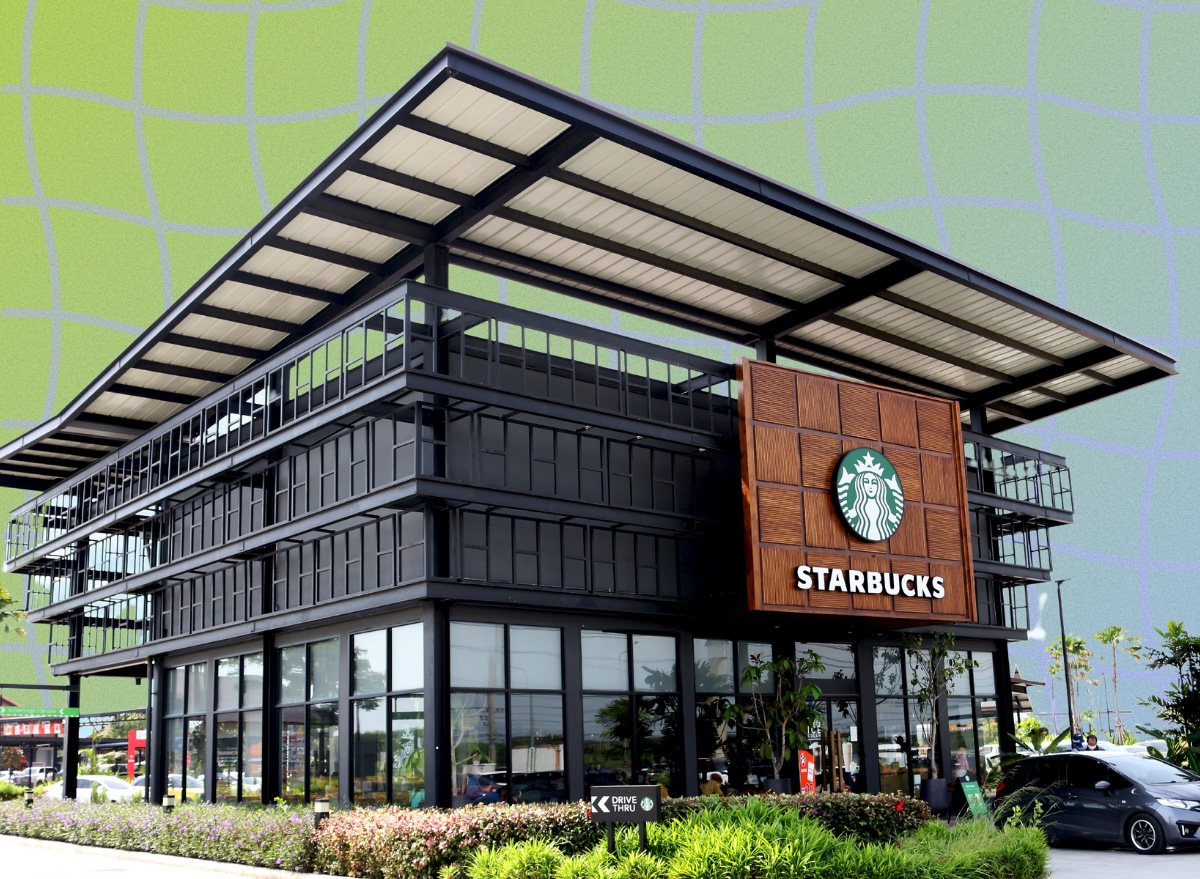
From union strikes to a decline in sales despite steady price hikes, 2024 wasn't a great one for Starbucks. During the fourth quarter of the year, Starbucks' comparable transactions were down 10% in the U.S., while in-store traffic declined. In August, the board replaced CEO Laxman Narasimhan after a 17-month tenure in the midst of a steep drop in sales, ushering in a shake up at the company that's sure to deliver some changes at your nearest Starbucks.
After a pretty turbulent year for Starbucks, former Chipotle CEO Brian Niccol took the top spot at Starbucks in September and pledged to make some changes: namely, to take Starbucks back to its "welcoming" coffeehouse roots by streamlining the menu and enhancing the customer experience, among other initiatives. Shortly after becoming CEO, Niccol announced a four-part turnaround plan called "Back to Starbucks," which is all about focusing on what made Starbucks famous in the first place – its coffee.
With this in mind, 2025 is shaping up to be one filled with major changes for the brand. Here are five changes to look out for this year.
Menu simplification
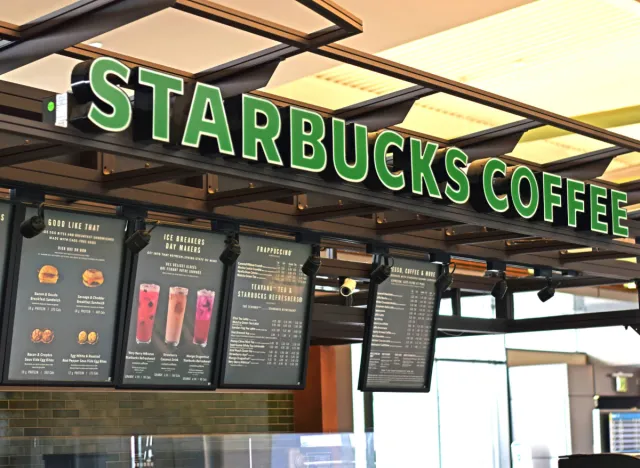
To kick off the new year, on Jan. 3, Starbucks introduced the first hot espresso beverage since the Flat White hit menus in 2015: a Cortado, an eight-ounce hot beverage made with three espresso shots and cut with steamed milk. This drink joins a lineup of classic espresso drinks, including cappuccinos and caffè lattes, and signals an intentional move towards more simple, handcrafted coffee drinks.
In an open letter from September, Niccol said Starbucks menus "can feel overwhelming" and products were "inconsistent." As part of simplifying the menu, Starbucks has already discontinued its somewhat controversial olive oil infused Oleato drinks in early November, an offering that failed to make an impression on customers. Axing the Oleato line was part of a broader strategy to simplify the chain's "overly complex menu," according to a memo sent out in late October. Similarly, iced energy drinks, which were launched in June 2024, were scrapped a couple months later because they didn't fit with Starbucks' coffeehouse goals. "We shouldn't be cracking cans behind the counter," Niccol said in October.
Return to coffeehouse roots
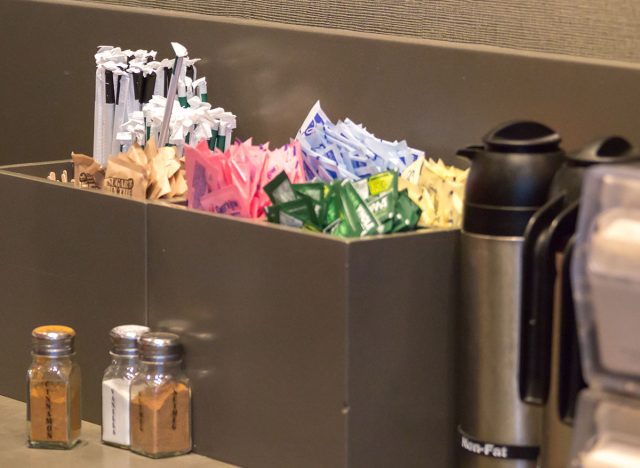
In October, the new CEO said Starbucks would bring back condiment bars and ceramic mugs, two features of the chain that were eliminated during the COVID-19 pandemic. Both baristas and customers have been asking for the return of condiment bars: customers can add milk, cream, sugar, or sweeteners to make their coffee exactly to their liking, while baristas would be freed up to work on building more complicated coffee orders. Bringing back these Starbucks staples mark a culture shift that aims to foster a "welcoming" classic cafe vibe Starbucks was once known for, and add a "human touch," per Niccol. The self-serve stations are set to return early this year, alongside more in-store seating and an iconic Starbucks signature: handwritten names on cups. (But first, the chain will have to track down around 200,000 Sharpie markers for baristas.)
Changes to pricing strategy
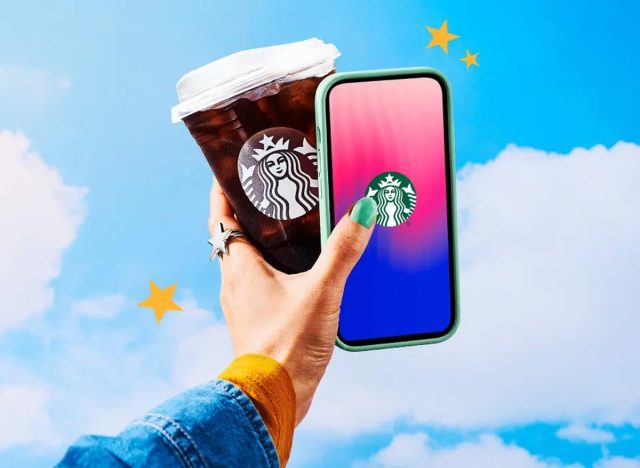
No price hikes, no discounts or promotions, and no upcharges for milk substitutes. In 2025, Starbucks plans to make some changes to how things are done on the money front. First is a move away from discounting and promotions through its app – such as 50% off or buy one get one deals – to reposition the coffee giant as a premium brand and reduce strain on employees. Last month, CEO Niccol announced Starbucks will not be raising prices in 2025, as it struggles with value perception amid rising inflation. Another change to Starbucks' pricing strategy was made back in November, when the company announced it was going to eliminate upcharges on non-dairy milks, as part of a broader move towards price transparency for customized drinks, and an overall effort to fix what Niccol called "very disappointing" sales results and revenue drops.
Redesigned drink-building
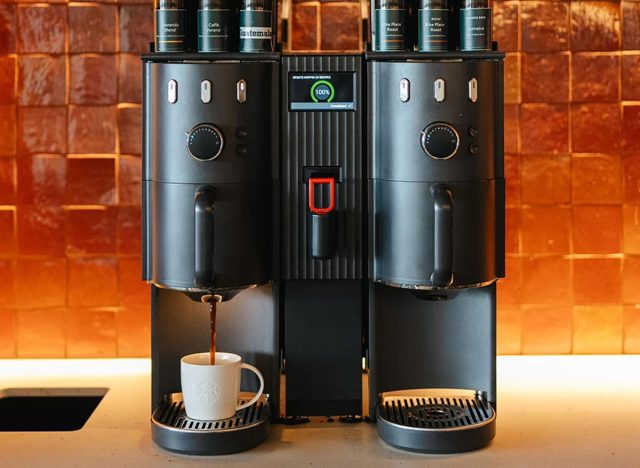
By the end of this year, Starbucks will finish adding new Clover Vertica brewers to all of its U.S. stores in order to streamline drip coffee service – the machine grinds and brews single-cup coffees in under a minute. The company is also changing drip coffee handoff: in a tweaked workflow, cashiers will give brewed coffees directly to customers, rather than sending the drink "down the line" to the service counter where other handcrafted drinks and mobile orders are picked up. This new protocol is designed to reduce wait times by separating straightforward coffee orders from more time-consuming ones. This change comes after Starbucks started rolling out another new program focused on streamlining drink creation. The Siren Craft System was launched at stores throughout 2024 and implemented new routines for baristas, like pulling espresso shots before steaming milk. All of these tweaks are in hopes of saving baristas time and getting customers their drinks faster.
Faster service times
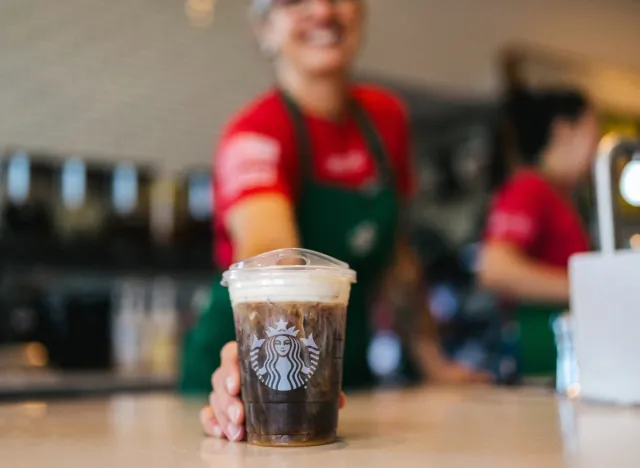
"Four minutes or less" has become Niccol's new mantra, and several changes to come this year aim to cut back on wait times and boost customer satisfaction. One area ripe for innovation is streamlining mobile orders, which make up more than 30% of total transactions at U.S. stores. Niccol said in December that his team is currently working on a technology solution that will make mobile order wait times more accurate, meaning the days of unclaimed mobile orders getting cold (or melting!) on coffee bars are numbered. Rather than the app giving a rough estimate that says your order will be ready in three to five minutes, Starbucks wants to leverage technology to pinpoint orders down to a specific time by developing a new algorithm to improve mobile order sequencing and allow for faster mobile and in-store orders. A four-minute delivery is just the beginning: last month, Niccol told Good Morning America that in five years' time, he hopes to serve a brewed cup of coffee in less than 30 seconds at Starbucks stores.









